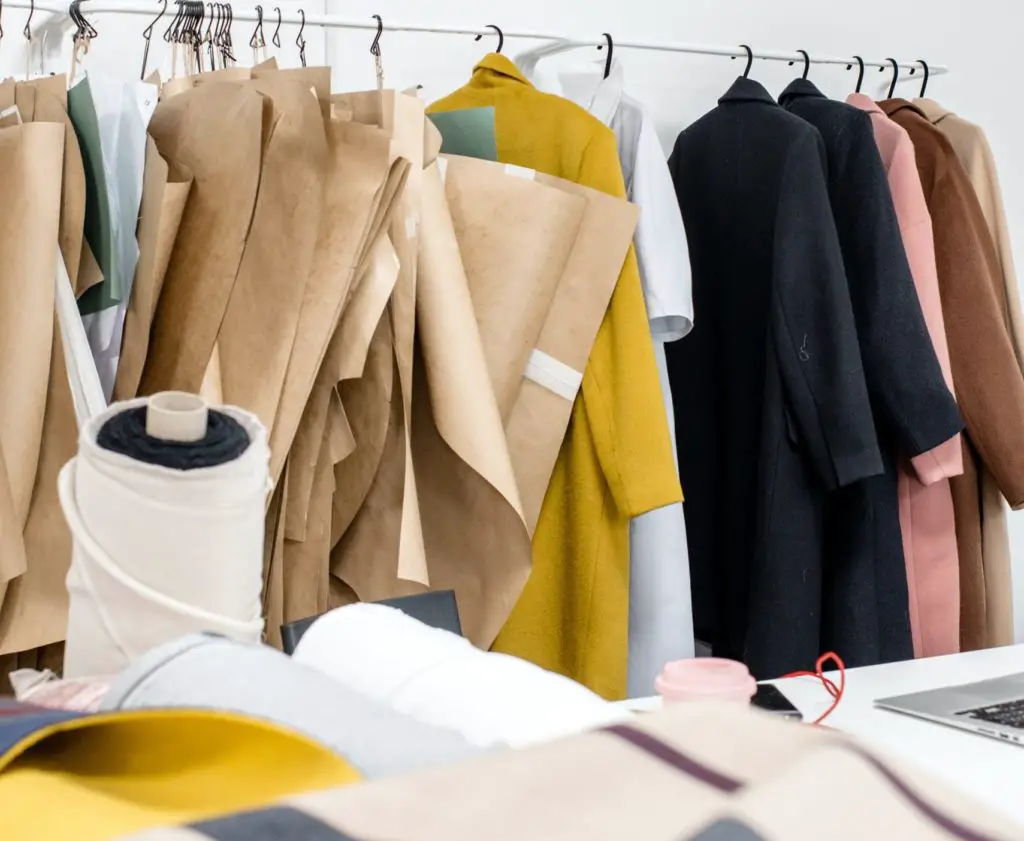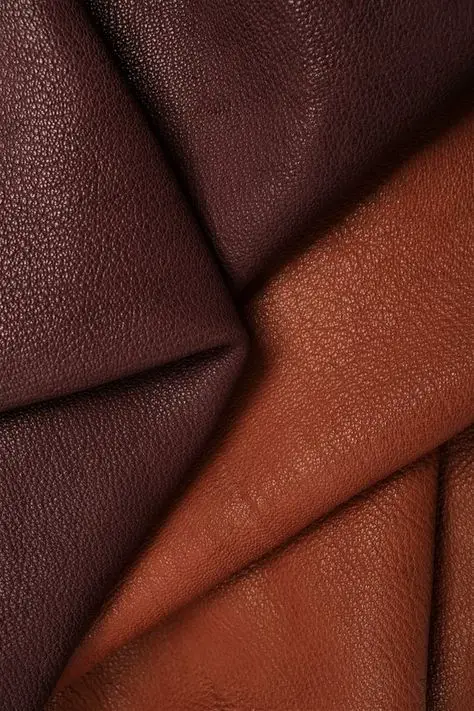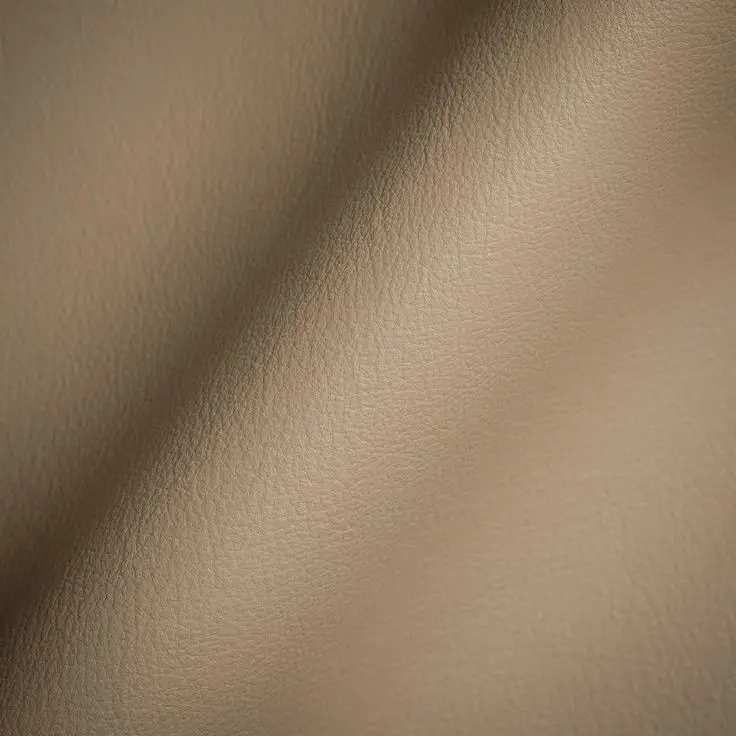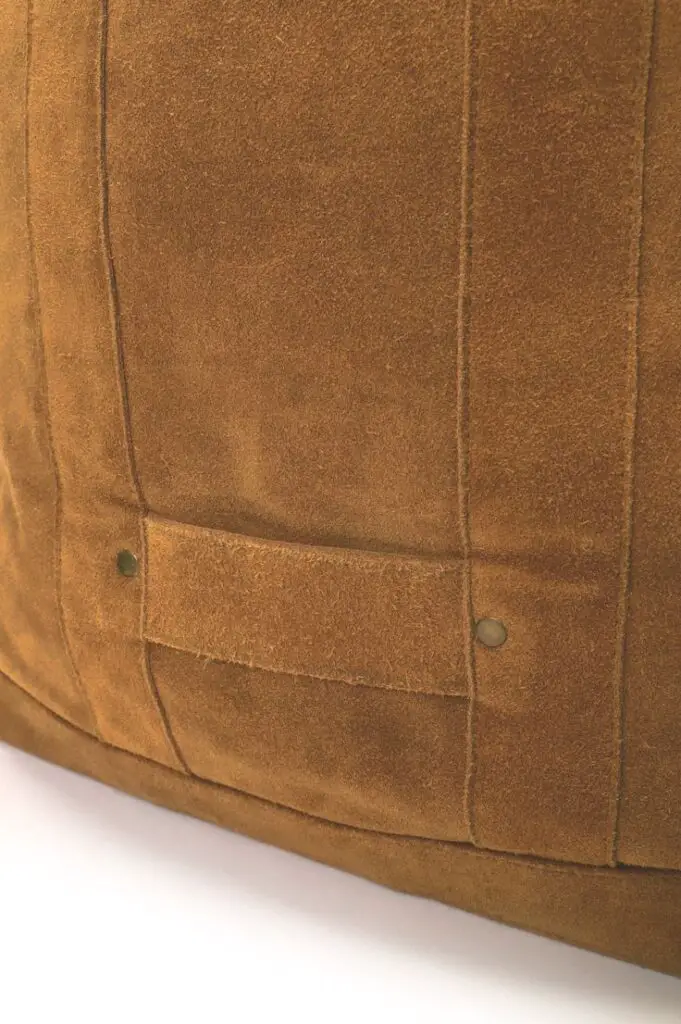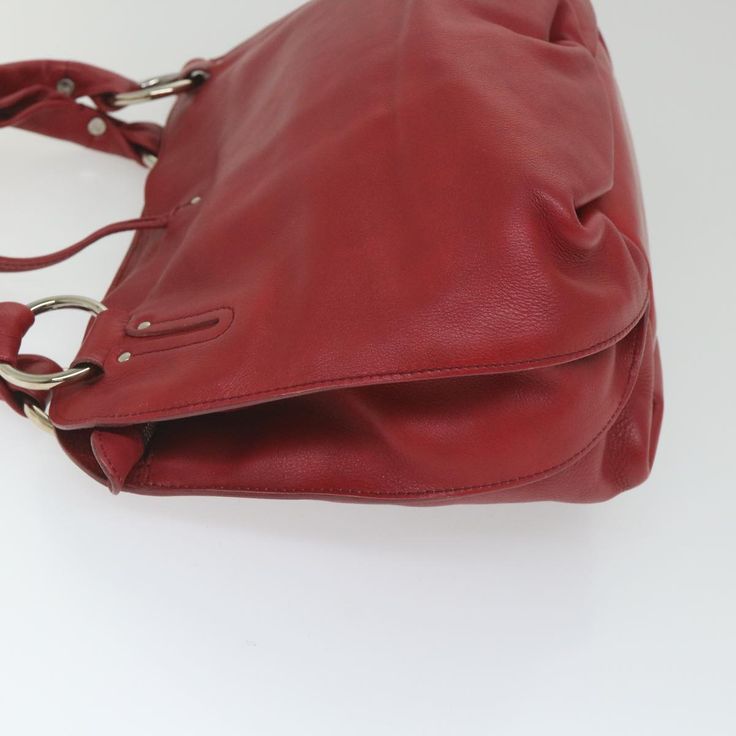How long have I been procrastinating publishing this post? Honestly, I’ve lost count.
Every time I looked at my notes, doubts crept in: Are you sure your readers will like this kind of information? Wouldn’t it be better to focus on more popular topics? What if I upset my vegan readers by writing about genuine leather—or by pointing out that PU leather is actually anything but plant-based (little spoiler here)?
For these and many other reasons, this article sat in a lonely corner of my computer for far too long.
Until last week.
When I saw yet another ad—this time on Vinted—selling a bag clearly made of “vegan” leather while claiming it was genuine leather.
And that was it.
Alright, this is getting ridiculous. They can’t keep fooling people like this. Let’s clear things up once and for all—because people deserve to know what they’re actually spending their hard-earned money on, even if it’s just a few quid.
But let’s start from the beginning.
Leather has been a staple material in fashion and accessories for centuries, yet it remains one of the most misunderstood. Whether it’s genuine leather or its so-called ‘vegan’ alternative, marketing claims often cloud the reality of what these materials truly are and how they impact the environment.
Some people choose to avoid genuine leather for ethical reasons, believing that vegan alternatives are a cruelty-free solution.
Others prefer the durability and longevity of real leather, seeing it as a more sustainable choice in the long run.
But is vegan leather really the eco-friendly option it claims to be? And does genuine leather always stand the test of time as promised?
In this article, we’ll take an honest, unfiltered look at both materials—breaking down the myths, exposing the facts, and helping you make an informed decision.
Stick around until the end, where we’ll compare the pros and cons of each in a simple, easy-to-read chart.
What is Genuine Leather?
Genuine leather has been used for centuries to create durable and timeless accessories, from bags to shoes and furniture. But not all leather is the same.
Types of Genuine Leather:
- Full-grain leather:
The highest quality, taken from the outermost layer of the hide. It develops a patina over time, making it more beautiful with age.
- Top-grain leather:
Slightly processed to remove imperfections, maintaining durability while being softer and more uniform.
- Corrected or split leather:
Lower quality, often coated with synthetic layers to mimic the appearance of higher-end leather.
- Bonded leather:
Made from leather scraps and mixed with polyurethane—it’s more affordable but lacks longevity (aka faux leather).
Durability and Timeless Appeal of Genuine Leather
Among the many materials available for making bags—ranging from vegan leather and polyurethane to nylon, Gore-Tex, and waxed canvas—the only one that, in my experience, can truly last for generations, if properly maintained, is genuine leather.
It doesn’t matter if it’s brand new or second-hand; either way, a well-crafted leather bag can bring joy to you, your daughter, and even your granddaughter—if you know how to care for it.
Imagine finally purchasing that long-dreamed-of bag or receiving it as a cherished gift from a loved one. The sentimental value alone makes it worth preserving.
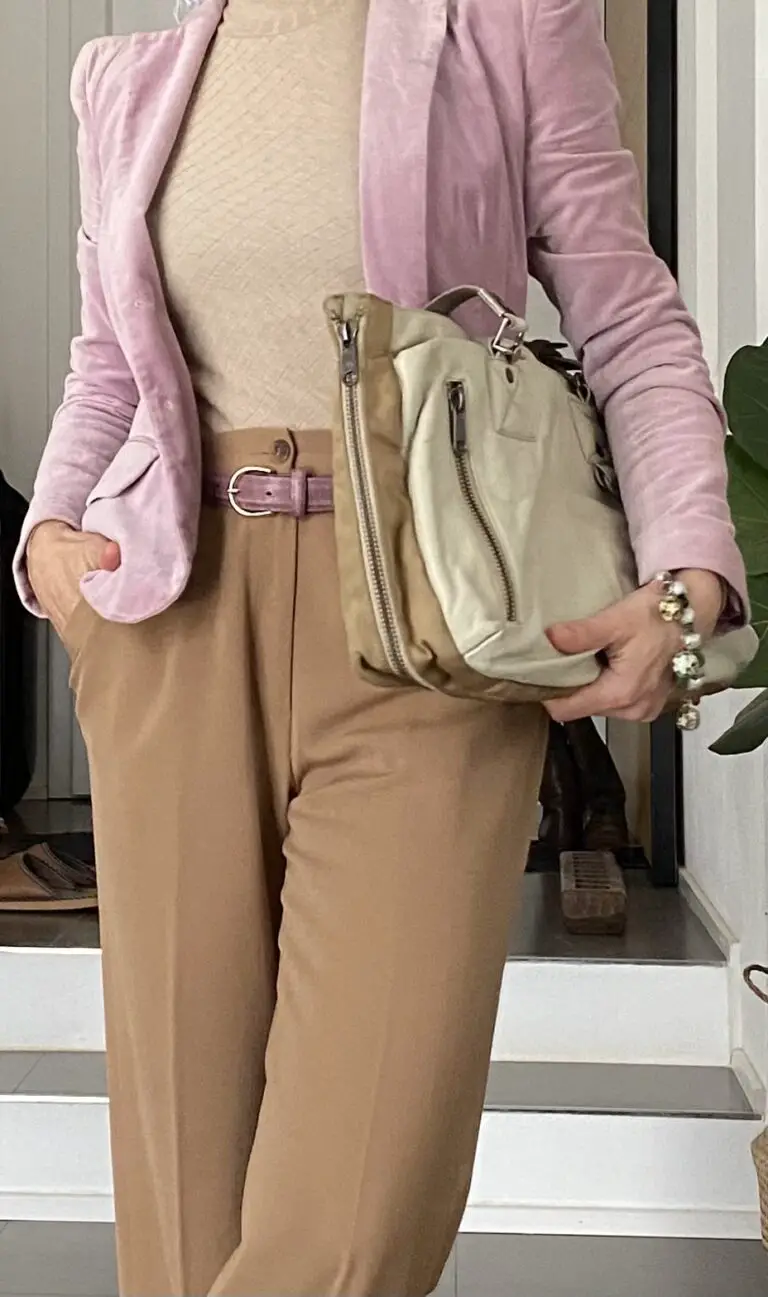
For example, I still remember my graduation when my cousins gifted me a beautiful business bag from the Italian brand Mandarina Duck—a well-known high-quality brand here in Italy.
I was just 24, and it was my very first “important” bag.
At first, I was so afraid of ruining it that I kept it carefully wrapped in its dustbag for months.
But the day came when I had my first job interview, and I confidently walked into the office with that very bag. I’m still convinced that my elegance (enhanced by the bag) played a role in securing the job!
How to Care for Genuine Leather
If you want your leather bag to last decades, here are a few key steps to follow:
- Clean it before storing: Use a leather cleaner to remove dirt and buildup.
- Use a dustbag: The best materials are cotton or linen, but soft nylon or faux-suede work as well.
- Condition & protect: Apply a leather conditioner or protector to prevent drying and cracking.
- Keep it fresh: Store it with a sachet of lavender and cedarwood to avoid odors.
- Maintain its shape: Use fillers to prevent creasing or deformities.
Thanks to these precautions—and the tricks my mother passed down to me—my Mandarina Duck bag still looks amazing after 15 years of faithful service!
What is Vegan Leather?
Vegan leather is often marketed as an ethical and sustainable alternative to animal-based leather. But is it really as eco-friendly as it seems?
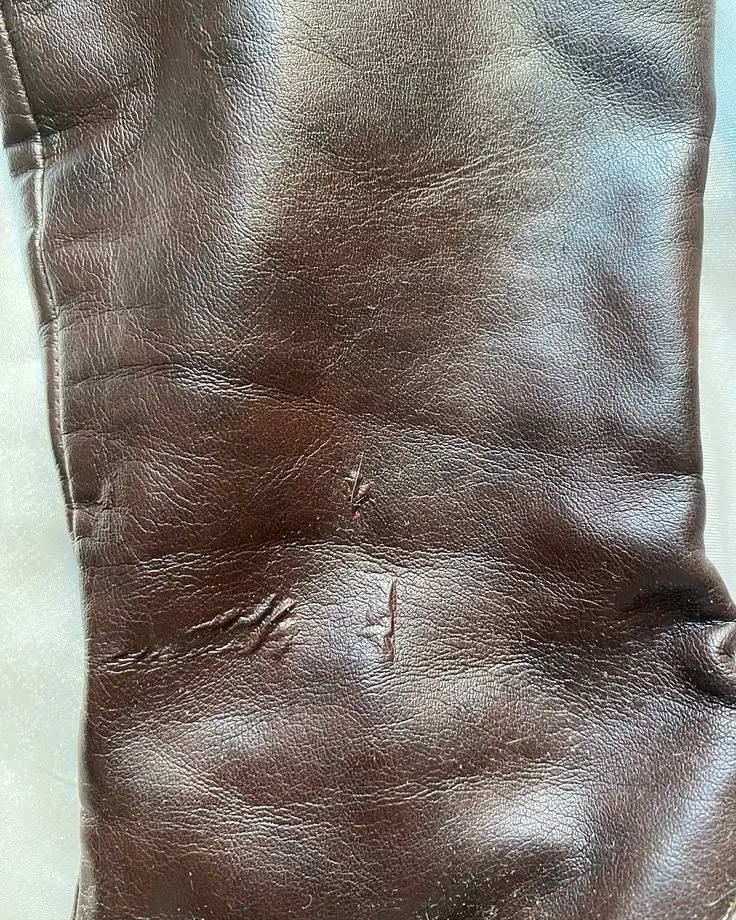
What Is Vegan Leather Made Of?
Most vegan leather is synthetic, derived from petroleum-based materials such as:
- Polyurethane (PU): More flexible and less harmful than PVC but still plastic-based.
- Polyvinyl Chloride (PVC): A highly polluting material that releases toxins.
- Microfiber-based fabrics: Usually a mix of polyester and polyamide.
There are also emerging plant-based alternatives, such as:
- Piñatex: Made from pineapple leaves, though often reinforced with synthetic binders.
- Mylo (mushroom leather): A promising material, though not widely available.
- Apple and cactus leather: More sustainable but often mixed with PU to increase durability.
It all sounds good… but as long as plastic-based fibers/materials are involved, I’m afraid we are not really willing to solve this issue and save our planet – and ourselves – from harmful waste…
Durability & Drawbacks
While vegan leather offers an animal-free option, its lifespan is significantly shorter than genuine leather. PU and PVC-based alternatives tend to crack, peel, or break down within a few years (if not months, just like it happened to me), leading to frequent replacements.
Moreover, many vegan leather products are not biodegradable, meaning they contribute to plastic waste—sometimes making them worse for the environment than genuine leather.
The Sustainability Debate: Which is Truly Better for the Planet?
Spoiler: nobody has THE answer.
When it comes to sustainability, both genuine and vegan leather have environmental trade-offs. In the chart below I summed up the pros and cons of both materials for you:
Genuine vs. Vegan Leather: Environmental Impact
|
Aspect |
Genuine Leather |
Vegan Leather |
|
Pros |
✅ Biodegradable (if vegetable-tanned) |
✅ No animals involved |
|
Cons |
❌ Requires large amounts of water for tanning |
❌ Made from plastic (PU/PVC), contributing to microplastic pollution |
The Fast Fashion Factor
Many fast fashion brands push vegan leather as a “green” alternative, despite producing low-quality items that end up in landfills within a few years. True sustainability comes from choosing long-lasting pieces, whether leather or vegan.
I hope after reading this post you’ll be able to make more conscious choices.
Ethical Considerations: The Animal vs. Environmental Dilemma
For many people, the choice between genuine and vegan leather is not just about sustainability but ethics. As a vegetarian I fully understand this point, and is also the reason why I embraced more and more the second-hand market.
Buying preloved when it comes to fashion (be it a bag, a hat, or a jacket in genuine leather) is, for me, the best compromise.
The Case Against Genuine Leather:
- It is made from animal hides, which some people find unacceptable.
- The leather industry is linked to intensive farming, which raises animal welfare concerns.
The Case Against Vegan Leather:
- Most options rely on fossil fuels, leading to environmental harm.
- “Plant-based” alternatives often still contain plastic.
A Third Option: Upcycling & Second-Hand Leather
One way to balance both concerns is by buying high-quality second-hand or upcycled leather goods. This reduces waste while ensuring longevity.
Alternatively, if you prefer vegan options, consider slow fashion brands that use innovative plant-based materials rather than completely synthetic ones.
Smart Shopping: How to Choose the Right Option for You
With all the pros and cons of both genuine and vegan leather laid out, how do you decide what’s best for you? The answer depends on your priorities—whether it’s longevity, ethical concerns, or sustainability.
Here’s a guide to making an informed choice:
If You Want Longevity → Invest in High-Quality Genuine Leather or Second-Hand Leather
There’s no denying that well-crafted genuine leather is one of the most durable materials for bags, shoes, and accessories.
A well-made leather piece can last for decades, aging beautifully over time.
If sustainability is also on your radar, consider purchasing second-hand or vintage leather—you’re extending the life of an already existing product, reducing waste, and often getting superior craftsmanship compared to modern fast fashion alternatives (especially if you go vintage!).
Smart shopping tips:
- Choose full-grain or top-grain leather for the best quality and longevity.
- Avoid heavily treated or bonded leather, which is lower quality and prone to peeling.
- Look for handmade, small-batch brands or second-hand platforms like Vestiaire Collective, The RealReal, or high-end thrift stores.
If You Want to Avoid Animal Products → Look for Plant-Based Vegan Leather with Minimal Plastic Content
For those who prefer to steer clear of animal-derived products, not all vegan leathers are created equal.
Many options on the market are PU or PVC-based, which means they are essentially plastic and don’t biodegrade.
However, if you’re set on a vegan alternative, prioritize brands that use plant-based materials with minimal synthetic coatings.
Smart shopping tips:
- Opt for fruit-waste leather (apple, grape, pineapple) or mushroom leather over petroleum-based PU leather.
- Check the product’s label—some “eco-friendly” vegan leathers still have a high plastic content for durability.
- Be wary of greenwashing! Just because a brand calls something “sustainable” doesn’t always mean it is.
If You Care About Sustainability → Avoid Cheap PU/PVC-Based Vegan Leather from Fast Fashion Brands
Sustainability isn’t just about avoiding animal products—it’s also about choosing materials that don’t contribute to plastic pollution.
Cheap PU or PVC-based vegan leather, often found in fast fashion stores, is not only less durable but also harmful to the environment due to microplastic shedding and toxic production processes.
Smart shopping tips:
- Avoid cheap, trendy vegan leather pieces that will wear out quickly.
- Choose brands that use upcycled materials or responsible production processes.
- Consider buying fewer but better pieces—a well-made item, whether leather or plant-based, is more sustainable in the long run.
The Inconvenient Truth
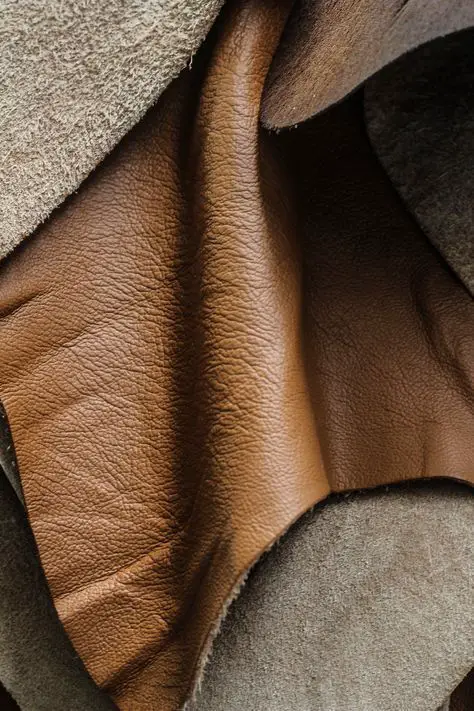
At the end of the day, there’s no perfect choice—every material has trade-offs, as we’ve just seen.
While genuine leather is durable and repairable, it comes from animals.
While vegan leather avoids animal products, it’s often plastic-based and less long-lasting.
And while plant-based alternatives sound ideal, they still require chemical processing to mimic real leather.
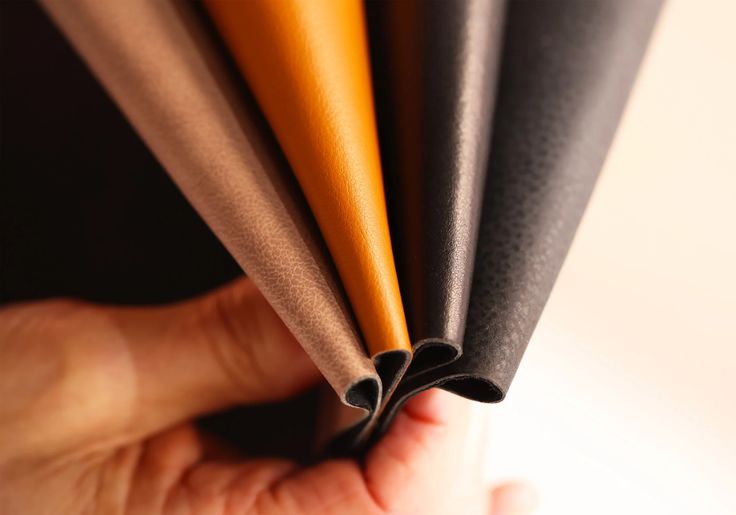
What truly matters is how and where you buy. Supporting slow fashion brands, choosing upcycled pieces, or investing in high-quality items that will last you for decades makes the biggest difference.
Instead of falling for marketing buzzwords like “vegan” or “eco-friendly” without deeper research, try to be a conscious shopper who prioritizes quality and longevity.
Now, I’d love to hear your thoughts!
👉 Which type of leather do you prefer, and why? Drop a comment below!
And do not forget to follow me on Pinterest, Instagram and OpenWardrobe for tips on conscious shopping and styling ideas – always with an Italian-chic spin 😎😉💥
Always stay stylish and I hope to catch you on here next week!
XOXO
B&TG

